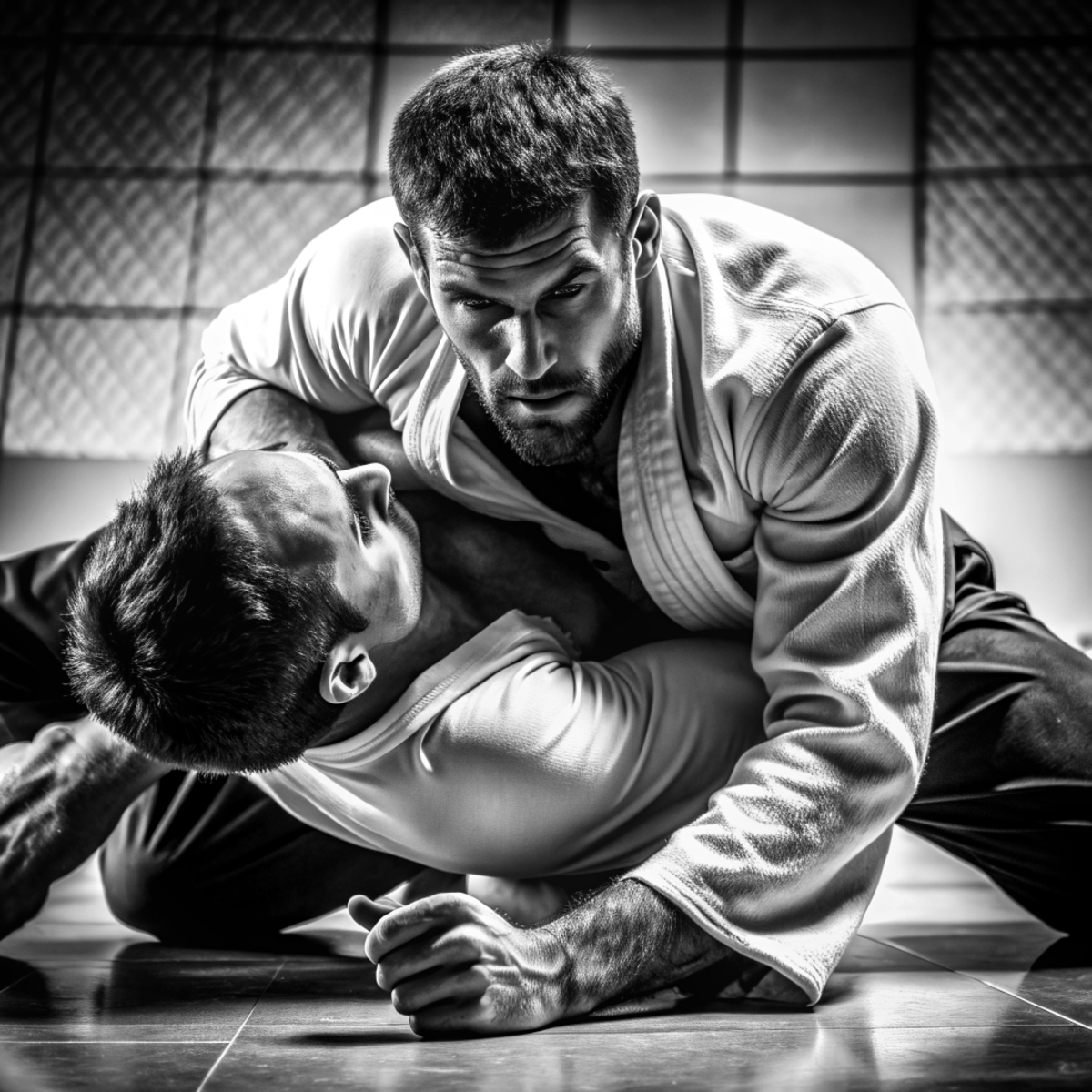

Brazilian Jiu-Jitsu (BJJ) is a martial art and combat sport style that focuses primarily on grappling and ground fighting. BJJ is known for its technical sophistication and efficiency, allowing smaller and weaker fighters to defeat larger and stronger opponents. In this article we will discuss the history and development of Brazilian Jiu-Jitsu.
The roots of Jiu-Jitsu go back to feudal Japan, where it was practiced by the samurai. This martial art focused on throws, locks, and various submission techniques designed to be used against armed and armored opponents. In the late 19th and early 20th centuries, Jigoro Kano began to modernize Jiu-Jitsu by creating Judo. Kano Judo quickly became popular and it greatly influenced the further development of Jiu-Jitsu.
The birth of Brazilian Jiu-Jitsu is closely related to the Gracie family. In 1914, Japanese Judo champion Mitsuyo Maeda arrived in Brazil. Maeda taught his skills to many, including Carlos Gracie, who was able to develop his own version of Jiu-Jitsu from him. Carlos Gracie and his brothers, especially Helio Gracie, began to refine their skills and develop a system of techniques they called Brazilian Jiu-Jitsu.
Members of the Gracie family began to demonstrate their skills in public competitions and challenges where they challenged representatives of all martial arts. Their victories quickly helped spread the popularity of Brazilian Jiu-Jitsu both in Brazil and internationally. Helio Gracie was particularly known for his technical prowess and ability to fight much larger opponents.
In 1995, the first UFC (Ultimate Fighting Championship) was held in the United States, won by Royce Gracie, who used Brazilian Jiu-Jitsu to defeat his opponents. This brought huge international attention to BJJ and inspired many fighters and martial arts enthusiasts to learn the martial art. Later, several BJJ specialized competitions were established, such as ADCC (Abu Dhabi Combat Club) and IBJJF (International Brazilian Jiu-Jitsu Federation), which provided a platform for BJJ athletes to demonstrate their skills.
Brazilian Jiu-Jitsu mainly focuses on submission techniques such as locks and chokes. These techniques allow the fighter to gain control of the opponent and force him to submit without striking. Some common override techniques are:
The stance system is extremely important in Brazilian Jiu-Jitsu. Good positioning allows the fighter to control the opponent and prepare a takedown technique. Important positions are:
Today, Brazilian Jiu-Jitsu is spread all over the world, and BJJ academies and clubs can be found in almost every major city. Many MMA (Mixed Martial Arts) fighters train in BJJ as it is an essential part of their overall martial arts skill set. In addition, BJJ training centers also offer classes for practitioners who want to improve their physical fitness and learn self-defense.
Brazilian Jiu-Jitsu is one of the three main martial arts that MMA fighters must master, along with boxing and wrestling. BJJ skills are especially important in ground fighting, where fighters can use submission techniques and control over their opponent.
In recent years, the participation of women in Brazilian Jiu-Jitsu has increased significantly. Several female athletes have achieved international success and recognition. Women like Mackenzie Dern and Gabi Garcia have become role models and inspired many women to join BJJ training.
BJJ is also considered a very effective self-defense system. Because it focuses on controlling and subduing the opponent without striking, it is particularly suited to situations where physical conflict is unavoidable. Many police and military units around the world use BJJ techniques in their training.
Brazilian Jiu-Jitsu has become one of the most recognized martial arts and sports in the world during its century-long development. Its technical sophistication and effectiveness have made it a popular choice among professional fighters, self-defense enthusiasts, and fitness enthusiasts alike. BJJ is a martial art that continues to grow and evolve, inspiring new generations all over the world.